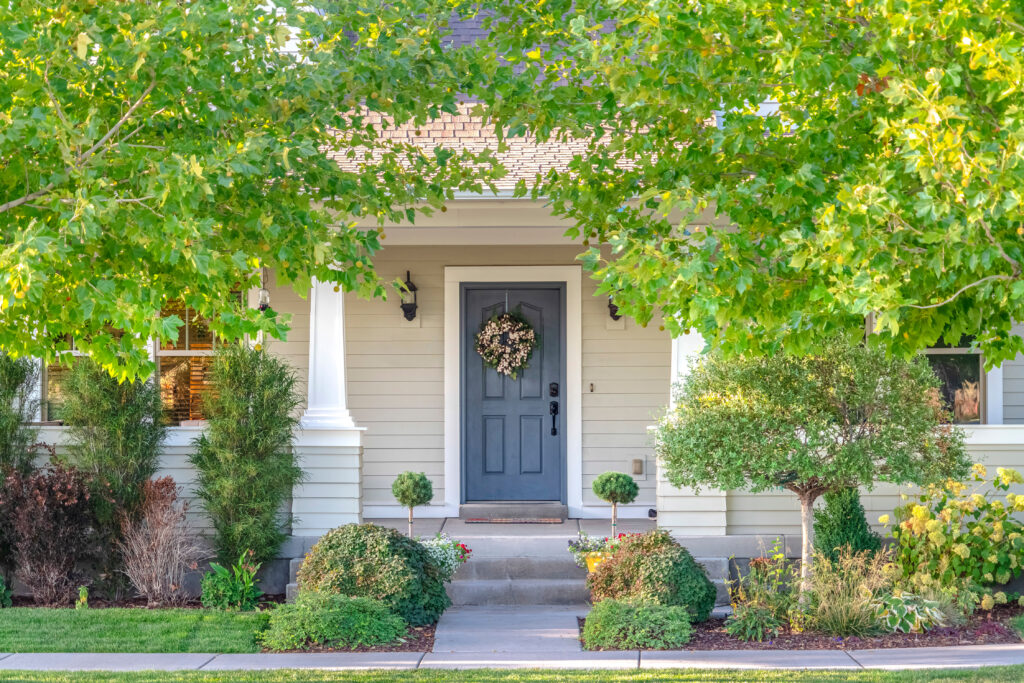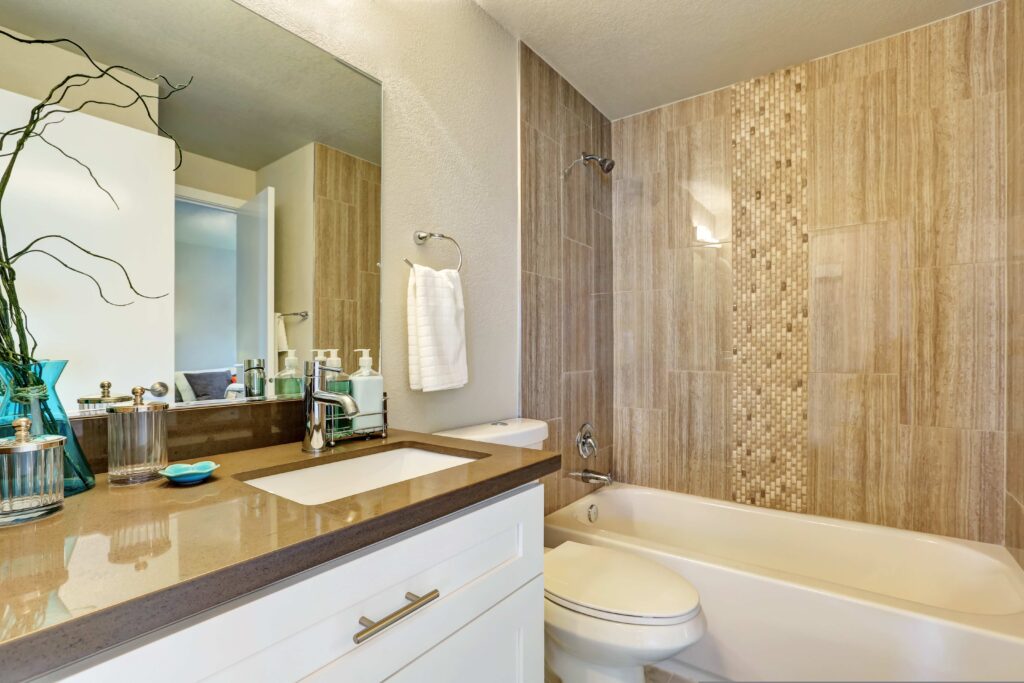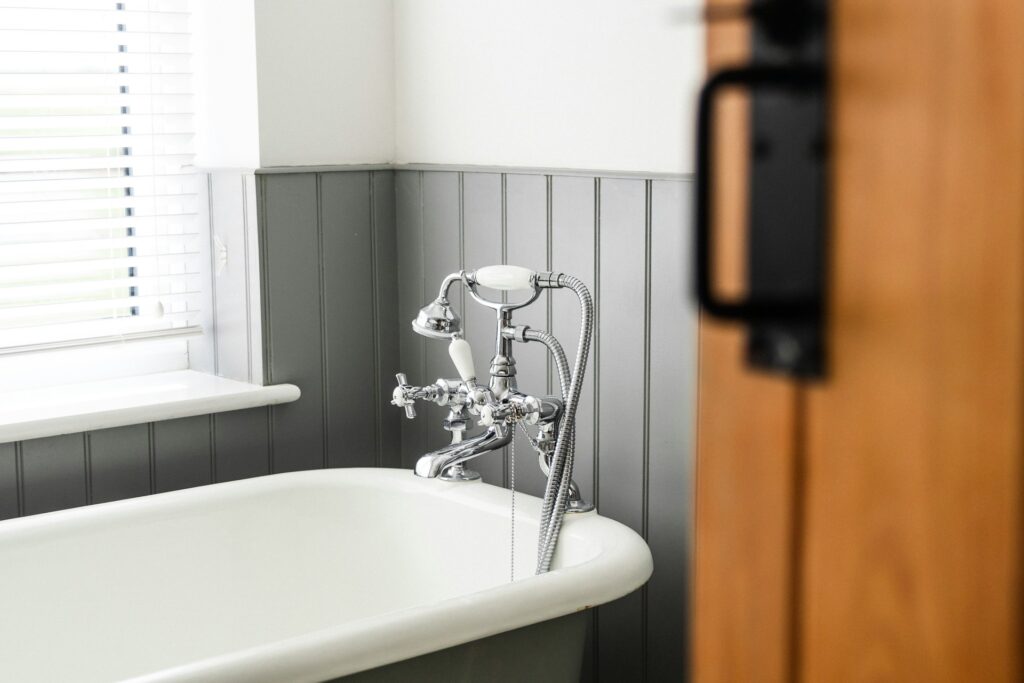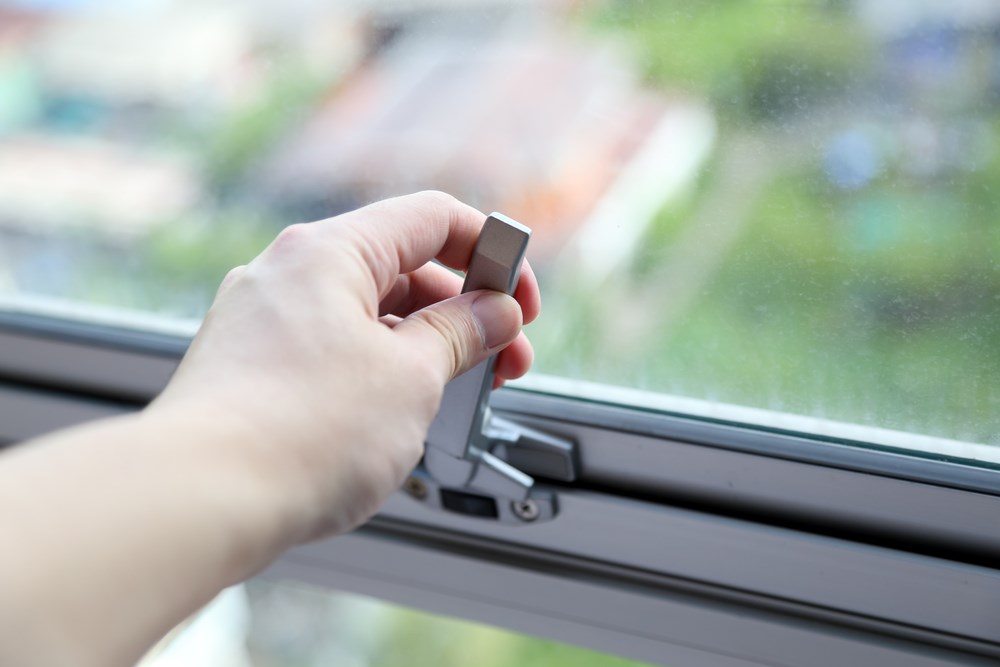
A window that refuses to stay open is more than an annoyance—it can slam shut on fingers, block fresh air, and signal worn‑out parts hiding deeper efficiency problems. The good news? Most cases of a window not staying up can be diagnosed and repaired in a single afternoon with basic tools. In this guide, Statewide Remodeling explains why sash windows slip, walks you through step‑by‑step fixes, and helps you decide when a full replacement window upgrade is the smarter long‑term choice.
Why Does My Window Keep Falling?
If your window won’t stay up or you notice the sash inching downward on its own, the culprits usually include:
-
Worn or broken balances: Springs or coil mechanisms lose tension over time.
-
Damaged pivot bars or tilt pins: These connect the sash to the balance system.
-
Misaligned shoes or tracks: A jammed shoe can’t grip the sash properly.
-
Paint buildup or debris: Extra friction prevents smooth travel.
Although any operable window can develop these faults, they’re most common in older double‑hung, single‑hung, and sliding windows—especially builder‑grade units installed 15–25 years ago.
Safety First!
Before tackling repairs, gather safety glasses, cut‑resistant gloves, and a sturdy step stool. Close and lock nearby doors to prevent drafts from slamming the sash while you work. If your window is on an upper story, recruit a helper to steady the ladder or handle sash removal.

Quick Inspection Checklist
-
Open the sash halfway. Does it slide smoothly or bind?
-
Release your hands. Does the window falling happen immediately or does it drift after a few seconds?
-
Look inside the frame. Are the balance coils intact or hanging loose?
-
Examine pivot hardware. Bent metal or missing screws signal replacement time.
Snap a few photos of the balances, pivot bars, and any stamped part numbers before you start disassembly. Those will be required to match replacements at the hardware store.
Basic Tools and Supplies
-
Flat‑head and Phillips screwdrivers
-
Needle‑nose pliers
-
Utility knife
-
Replacement balances, pivot bars, or shoes (matched to brand/model)
-
Silicone spray or dry‑film lubricant
-
Clean cloths and mild detergent
You can pick up generic spiral balances and pivot kits at most home‑improvement stores, while brand‑specific parts are easy to find through a quick online search or by contacting the manufacturer.
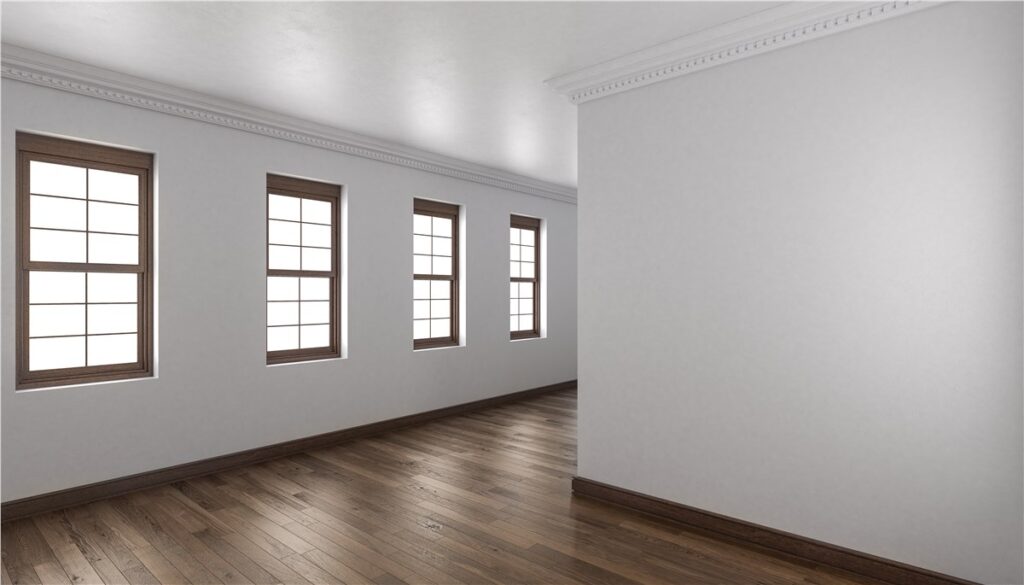
DIY Repair: Fixing a Single‑ or Double‑Hung Window
Step 1: Remove the Sash
Unlock, raise a few inches, tilt inward, and lift one side free from the frame channel. Set the sash on a padded surface.
Step 2: Identify Your Balance Type
Older homes often use spiral balances; newer vinyl windows favor coil or constant‑force balances. Spiral styles feature a metal rod with a plastic tip; coil systems look like flat springs inside a shoe.
Step 3: Replace or Re‑tension the Balance
For a spiral balance, attach a tension tool or pliers, rotate clockwise three to four turns, then lock in place. If the rod is rusty or warped, swap it for a new one of equal length and diameter.
Coil balances come as kits—unscrew the old shoe, slide out the coil, and snap in the replacement. Align the shoe in the track before tightening screws.
Step 4: Inspect and Swap Pivot Bars
Bent pivot bars keep the sash from gripping the balance shoe. Remove the old bar (usually two screws), position the new bar flush with the sash bottom, and fasten securely.
Step 5: Clean, Lubricate, Reassemble
Wipe dirt from tracks, lightly spray lubricant, then reinstall the sash. Test by raising it several times; if it stays open at every height, the repair worked.
Troubleshooting Sliding Windows That Don’t Stay Put
An up‑down sliding window doesn’t stay up because gravity overtakes worn rollers or guide shoes. Remove the operable panel, replace cracked rollers, and ensure the interlock channels are debris‑free. If the sash still drifts, Statewide Remodeling’s modern slider windows are built for smooth operation and secure locking, helping prevent the sash drift common in older units.
When a Simple Fix Isn’t Enough
If you’ve:
-
Replaced balances multiple times
-
Noticed drafts, condensation, or soft wood around the frame
-
Struggle with heavy, painted‑shut sashes
…then it may be cost‑effective to replace the entire unit with an energy efficient replacement window. Modern insulated glass, fusion‑welded vinyl frames, and tilt‑in cleaning features eliminate the recurring “window falling” issue while slashing utility bills.
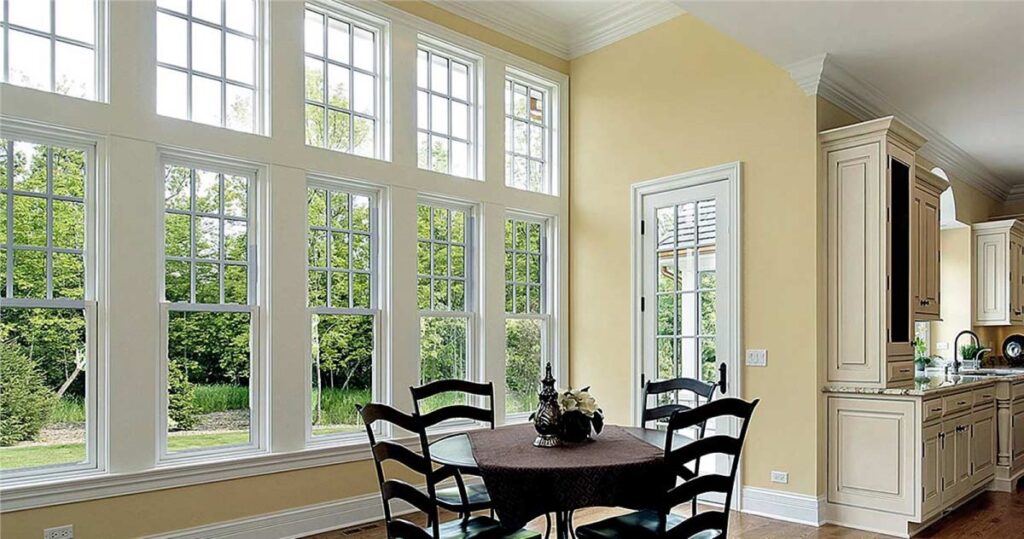
Upgrade Paths with Statewide Remodeling
-
Double‑Hung and Single‑Hung Replacement Windows – dual tilt‑in sashes, block‑and‑tackle balances rated for decades, and low‑E glass packages.
-
Energy‑Efficient Windows – triple‑pane options and foam‑filled frames boost comfort year‑round.
-
Slider Windows – smooth‑glide rollers and secure locks designed never to drift.
-
Full Window Collection – mix shapes, grilles, and colors to refresh every room.
Ask our design team to match the right product line to your home’s style and climate zone.
Preventive Care to Keep Windows Working
-
Vacuum tracks every season to clear dust and pet hair.
-
Lubricate balances and rollers annually with silicone spray.
-
Avoid excess paint buildup on sash edges and tracks.
-
Inspect weatherstripping each spring; replace if brittle.
These habits extend the life of new and existing windows alike.
Frequently Asked Questions
Why does my brand‑new window not stay up?
Factory balances can slip during transport. Contact the installer; a quick tension adjustment usually solves it!
Can I retrofit spiral balances into an older wood frame?
Yes. Measure length and tube diameter, and purchase matching kits. Pre‑drill pilot holes to avoid splitting.
Do vinyl windows suffer the same falling issue?
Quality vinyl windows use stainless or constant‑force coils that rarely lose tension. Cheaper imports may still fail early.
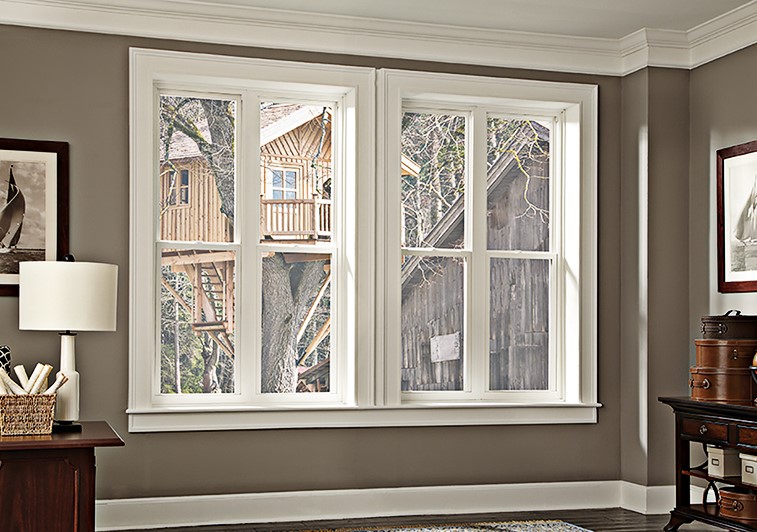
Statewide Remodeling Is Here To Help
Knowing how to fix a window that won’t stay up saves frustration, reduces energy loss, and prevents sudden slams. When small repairs aren’t enough however, take the opportunity to upgrade to Statewide Remodeling’s modern, low‑maintenance replacement windows for a more permanent solution.
Ready for a reliable, long‑term solution? Schedule a free consultation with Statewide Remodeling. Our experts will recommend the right energy‑efficient windows and provide worry‑free installation so every sash opens smoothly and stays in place.



.png)
.png)
